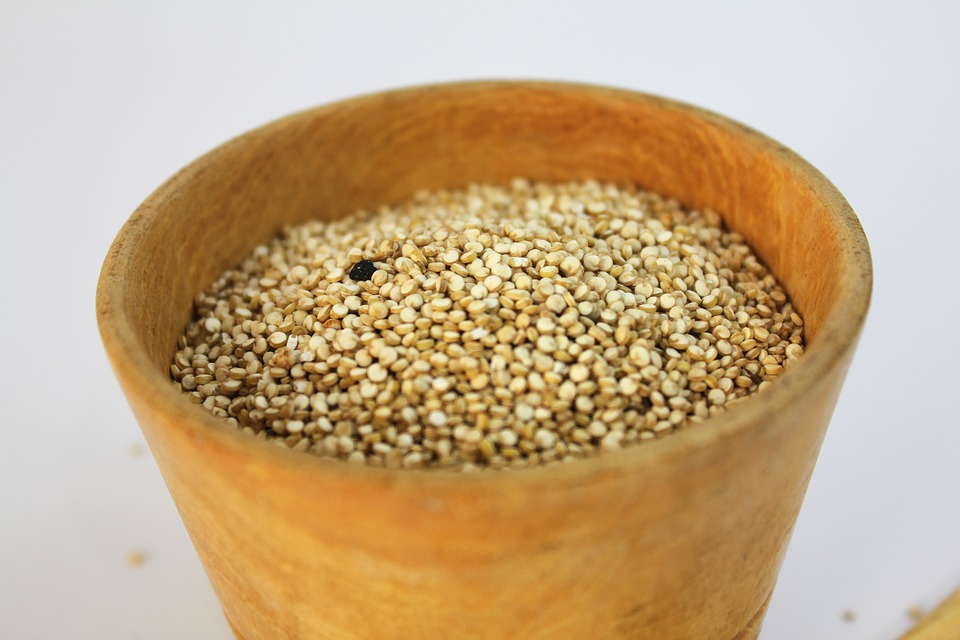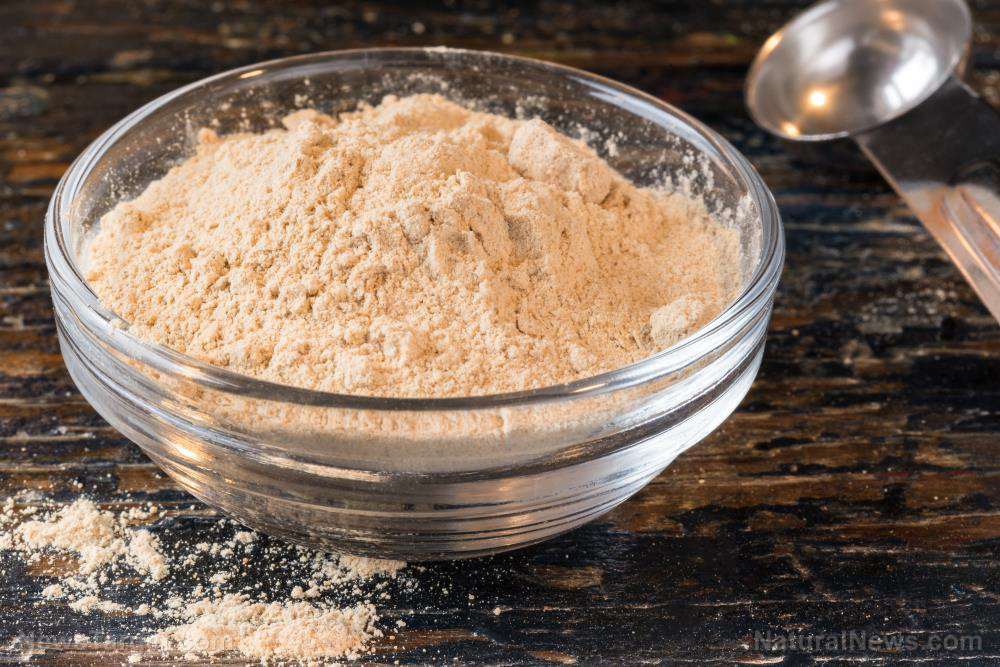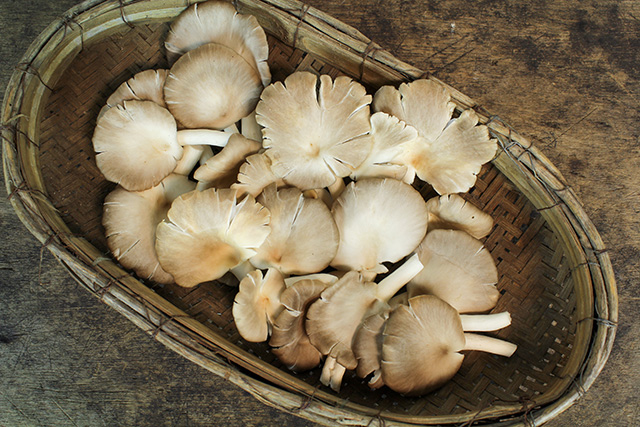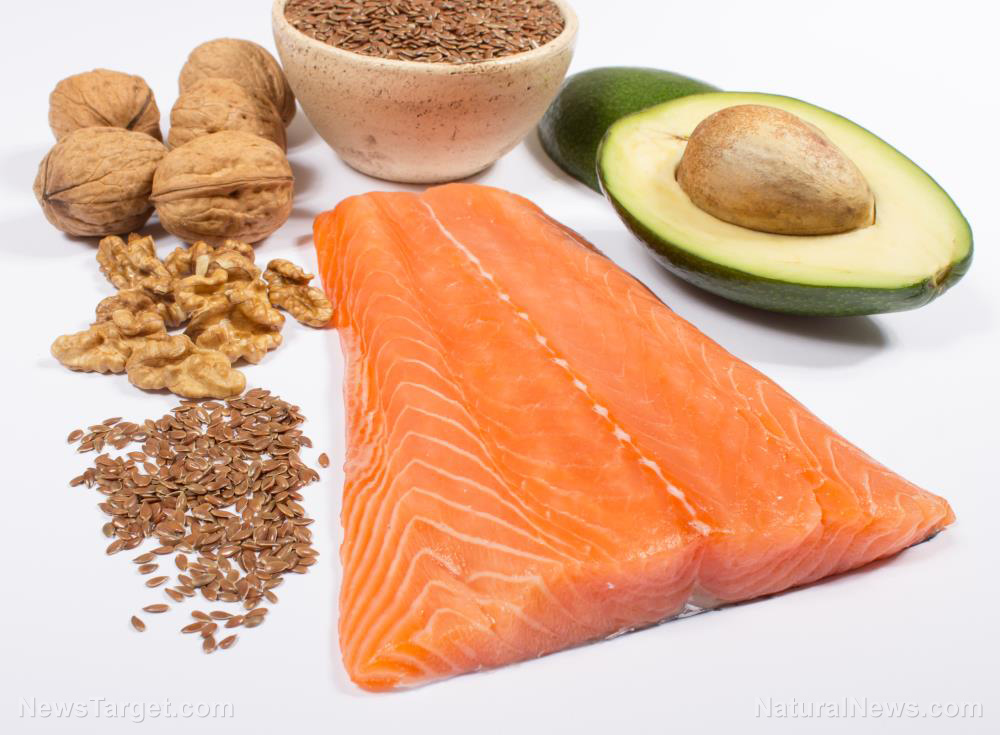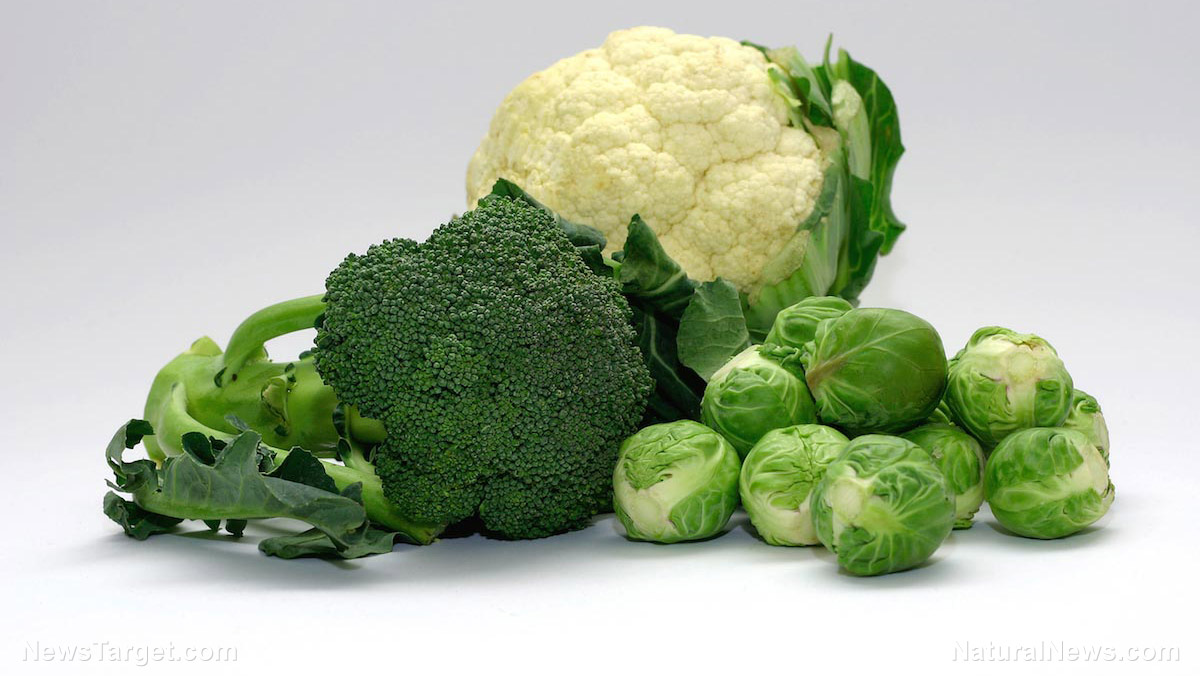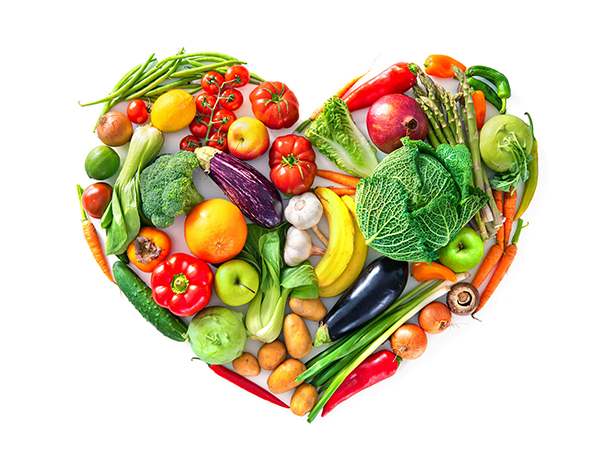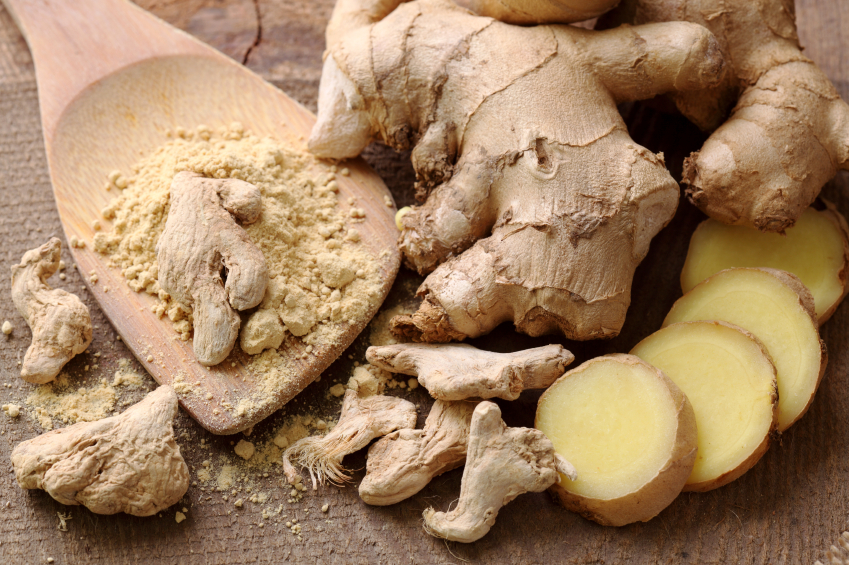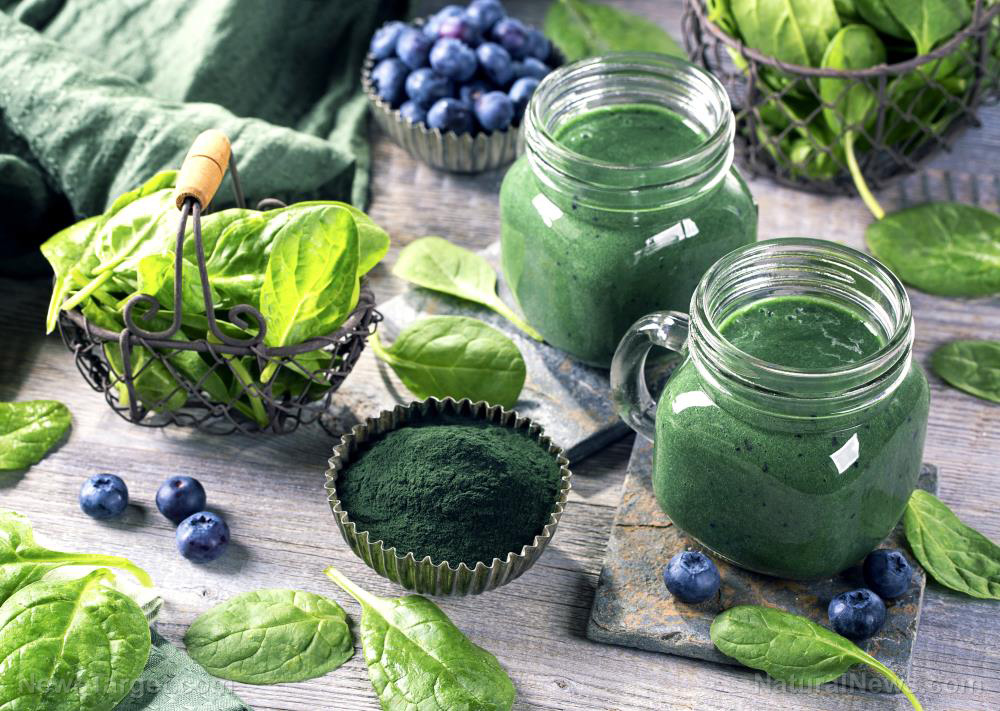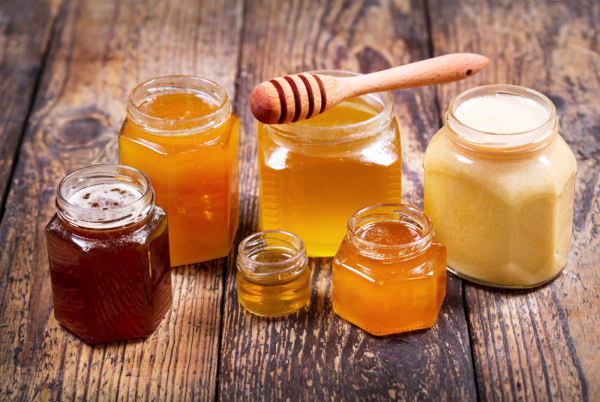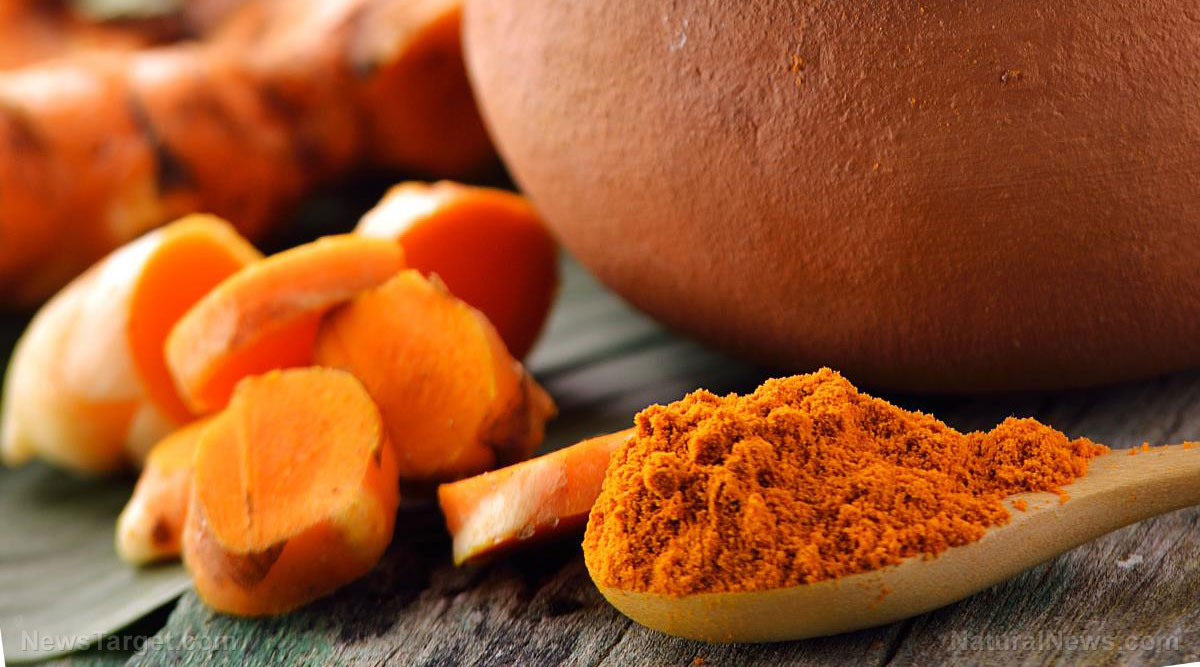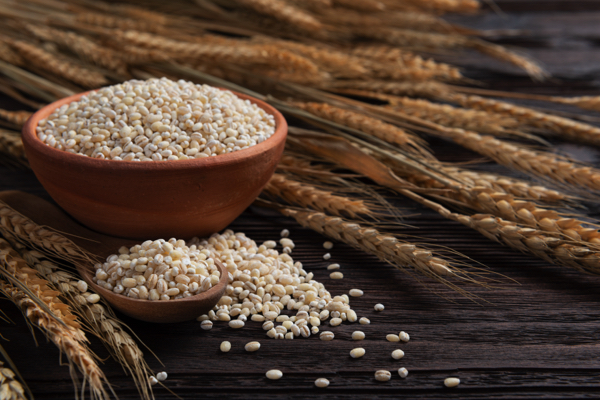The humble Yam: A nutritious root vegetable that can elevate your meals
04/22/2025 / By Laura Harris

- Yams are rich in dietary fiber, vitamins and minerals, supporting immunity, digestion and overall health.
- Originating in Africa and Asia, yams have been consumed for millennia and remain vital for food security in tropical regions.
- Yams can aid digestion, regulate blood sugar, improve heart health, boost immunity and provide anti-inflammatory and antioxidant benefits.
- Whether boiled, roasted, baked, fried or mashed, yams can be used in a wide variety of dishes.
- Although raw yams are high in oxalate and consumption may trigger allergies in some individuals, yams, especially when cooked, are generally safe to eat.
The humble yam is a staple food in many cultures across the globe, known for its versatility, rich nutritional profile and hearty texture. This tuberous root vegetable has been cultivated for thousands of years, and its origins can be traced to Africa, Asia and the Americas. Historical records suggest that yams were consumed as early as 8,000 BCE in West Africa, where they played – and continue to play – a vital role in traditional diets.
Yams were introduced to Europe and the Americas through the transatlantic trade routes, becoming an essential crop in tropical and subtropical regions. Unlike sweet potatoes (which are often mislabeled as “yams” in North America), true yams are starchier, with a rough, bark-like skin and flesh that can range from white to purple in color.
Nutritional profile and health benefits
Yam is a superfood worthy of being included in a balanced diet as it boasts an impressive array of essential vitamins, minerals and bioactive compounds, including:
- Vitamin A (from beta-carotene), which supports healthy vision, immune function and skin health.
- Vitamin C, a potent antioxidant that enhances immunity and collagen production.
- B-complex vitamins (B1, B2, B3, B5, B6, folate), which are crucial for energy metabolism, nerve function and red blood cell formation.
- Vitamin E and K that promote skin health, blood clotting and antioxidant protection.
- Potassium, which supports healthy blood pressure and muscle function.
- Magnesium, which supports relaxation, nerve function and bone health.
- Iron and copper, which are essential for oxygen transport and preventing anemia.
- Manganese and zinc, which aid in enzyme function and immune health.
- Calcium and phosphorus, which strengthen bones and teeth.
- Dietary fiber, which support gut health and blood sugar control. (Related: Protect your gut from inflammation with the Chinese yam.)
- Resistant starch that acts as a prebiotic to feed beneficial gut bacteria.
- Antioxidants (carotenoids, flavonoids) that combat oxidative stress and inflammation.
Yams are a nutritious root vegetable with numerous health benefits. They can support digestive health due to their high fiber content, which helps alleviate constipation and improve gut function. Additionally, yams can help regulate blood sugar levels, making them beneficial for individuals managing diabetes.
Yams’ heart-healthy properties include reducing bad cholesterol (LDL) and hypertension, thereby lowering the risk of cardiovascular disease. Rich in antioxidants and anti-inflammatory compounds, yams also enhance immune function, helping the body fight infections.
Being low in calories yet nutrient-dense, yams can also aid in weight management while providing essential vitamins and minerals. With benefits ranging from improved eye and skin health to better brain function, yams are a versatile superfood that supports overall well-being.
Potential risks and considerations
While yams are highly nutritious and generally safe for most people, there are a few minor concerns to keep in mind. Some wild yam varieties contain compounds like dioscorin and diosgenin, which can be toxic in large amounts, but commercially cultivated yams are safe to eat. Additionally, conventionally grown yams may contain pesticide residues, so washing and peeling them can help reduce exposure.
There is also some evidence that yams may absorb heavy metals like cadmium and lead from contaminated soil, making organic or well-sourced options a preferable choice. Allergic reactions to yams, though rare, can occur in sensitive individuals. People with thyroid conditions should avoid consuming yams raw due to their goitrogenic compounds, though cooking can deactivate these substances.
Finally, those prone to oxalate kidney stones may need to moderate their yam intake. Despite these considerations, yams remain a nutrient-dense and beneficial addition to most diets.
Culinary uses
Yams are incredibly versatile and can be prepared in countless ways, depending on regional cuisine.
Popular yam dishes from around the world:
- Pounded yam (iyan) – a Nigerian dish, served with soups like Egusi or Ogbono.
- Amala – a Ghanan dish, made of fermented yam flour eaten with spicy stews.
- Jamaican yam porridge – made from boiled yams with coconut milk, spices and vegetables.
- Yamaimo (mountain yam) – food from Japan consisting of yam grated into a sticky paste; used in noodles and salads.
- Candied yams – from the USA/Caribbean, usually baked with cinnamon, brown sugar and marshmallows.
- Yam chips – a fried or baked snack alternative to potatoes, from West Africa.
Here are some simple ways to incorporate yams into your diet:
- Roasted or baked – A healthier alternative to white potatoes.
- Mashed – Creamy and nutritious as a side dish.
- Added to stews and soups – Thickens and enriches meals naturally.
- Grated in pancakes or fritters – Great for gluten-free options.
This story is not medical advice and is not intended to treat or cure any disease. Always consult with a qualified naturopathic physician for personalized advice about your specific health situation or concern.
Visit NaturalNews.com, a great article source where you can learn about superfoods and their health benefits.
You can also try Brighteon.ai, an AI model created by Mike Adams, also known as the Health Ranger. This model is available as a free download to be run locally and is designed to help share and decentralize knowledge. By doing so, it aims to bypass censorship and empower people with knowledge.
If you’re looking for an uncensored video free speech website where you can openly discuss nutrition, natural medicine, ingredients and more, check out Brighteon.com and our two free speech social media sites, Brighteon.IO and Brighteon.social.
Watch this video to learn how yam flour can be a healthy alternative to wheat flour.
This video is from the Natural News channel on Brighteon.com.
More related stories:
Compounds in yam have vasodilating and antioxidant properties.
Drinking yam bean root or guava juice can improve your heart health.
Yam flour can be a great substitute for wheat flour in a variety of food products.
Sources include:
Submit a correction >>
Tagged Under:
food cures, food is medicine, food science, functional food, grocery, health science, ingredients, natural health, nutrients, nutrition, organics, veggie, yam
This article may contain statements that reflect the opinion of the author
RECENT NEWS & ARTICLES
GroceryCures.com is a fact-based public education website published by Grocery Cures Features, LLC.
All content copyright © 2018 by Grocery Cures Features, LLC.
Contact Us with Tips or Corrections
All trademarks, registered trademarks and servicemarks mentioned on this site are the property of their respective owners.


